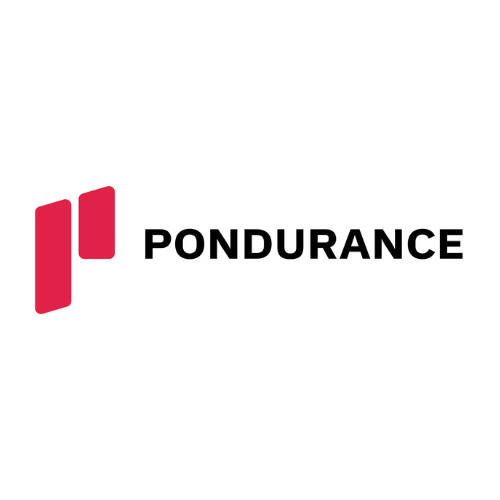
Dayton, Ohio, and the wider Montgomery County has seen its share of tragedy during the opioid epidemic. Ohio has been one of the 10 worst-affected states in America, and the Dayton region has seen Ohio’s worst fatality rates from drug overdose[1]. While a hospital or emergency room can treat an acute incident for a patient with a substance use disorder (SUD), the longer fight against relapse is often waged by other organizations. The Community Outreach Actions Team (COAT) was specifically created in Montgomery County to address the grave opioid situation. The Public Health Quick Reaction Team (QRT) seeks to identify at-risk individuals and get them enrolled in treatment. The efforts of this community collaboration saw overdose deaths fall from 566 in 2017 to 289 in 2018, a decrease of 59%[2].
The Montgomery County Emergency Room Overdose Notification (MC-ERON) system has enabled Dayton’s Alcohol, Drug Addiction and Mental Health board, and Public Health – Dayton and Montgomery County to provide outreach services to residents who experienced an emergency hospital visit due to a drug overdose, since 2018. MC-ERON generates a daily list of patient health and contact information that can be used to mobilize outreach efforts that would minimize the risk of further overdoses and deaths. However, MC-ERON did not prioritize, nor indicate, which patients are at a higher risk for additional overdoses or death. To overcome this limitation, the MC-ERON risk-stratification model is designed to estimate a patient’s risk score based on their demographic information, health history, and previous drug-related encounters with law enforcement and the health system, then assign a priority level to that patient based on the score. The risk score is then used to bin patients into four risk ‘priority levels’ which is provided to outreach personnel to contact the most at-risk patients. By comparing newly discharged overdose patients to those who previously died in-hospital, risk stratification scores can be calculated and included in the daily notifications to ADAMHS and PHDMC’s QRT.
The MC-ERON Risk-Stratification model has been deployed to PHDMC peer outreach specialists since 2019, with high overall model performance (AUC in the range of 0.82 to 0.85). Since deployment, individuals who died during or after the overdose encounter were scored as "high-risk" or "high-priority". Those that died during their hospital visit would not have benefited from outreach after their overdose; however, these patients highlight that the scores reflect the level of risk. For the patients who died after the encounter, this data suggests they would have been accurately prioritized for outreach services.
Despite these analytical successes, the MC-ERON Risk stratification algorithm represents a mismatch between problems faced by users and the ultimate solution. For peer outreach specialists, by the time the QRT is activated, the individual is already in crisis and at risk; therefore, the individual's precise "risk" is less valuable than the information provided along side the score.
The MC-ERON Risk-Stratification model was created before Ascend had a robust user focus. While the model and insights are valuable for PHDMC epidemiologists, the target users- the peer outreach specialists - find the most value in the contextual data features that accompany the actual predicted "risk score”. This mismatch between problem and solution has limited the impact of the Risk-Stratification model, and possibly limited the impact that machine learning could make on an urgent community problem. For example, peer outreach specialists are looking for ways to identify individuals that would most benefit from their intervention. For example, a model that could identify the likelihood of an individual to seek treatment, or identifying those individuals experiencing substance "abuse" vs "use" as those who are "using", rather than "abusing", may benefit from more sustained outreach to address addiction and chronic use.
Not understanding the context of the problems faced by a user can lead to gaps and missed opportunities when creating a predictive model. Upfront discovery is key to understanding the business and user needs to build the right predictive model that addresses problems within the current systems. Always keeping the user's needs top of mind will deliver the highest value to the business and the end user of your analysis.
[1] https://journals.stfm.org/familymedicine/2018/june/bowman-2018-0131
[2] https://www.mcohio.org/2018%20Community%20Overdose%20Action%20Team%20(COAT)%20Annual%20Report.pdf



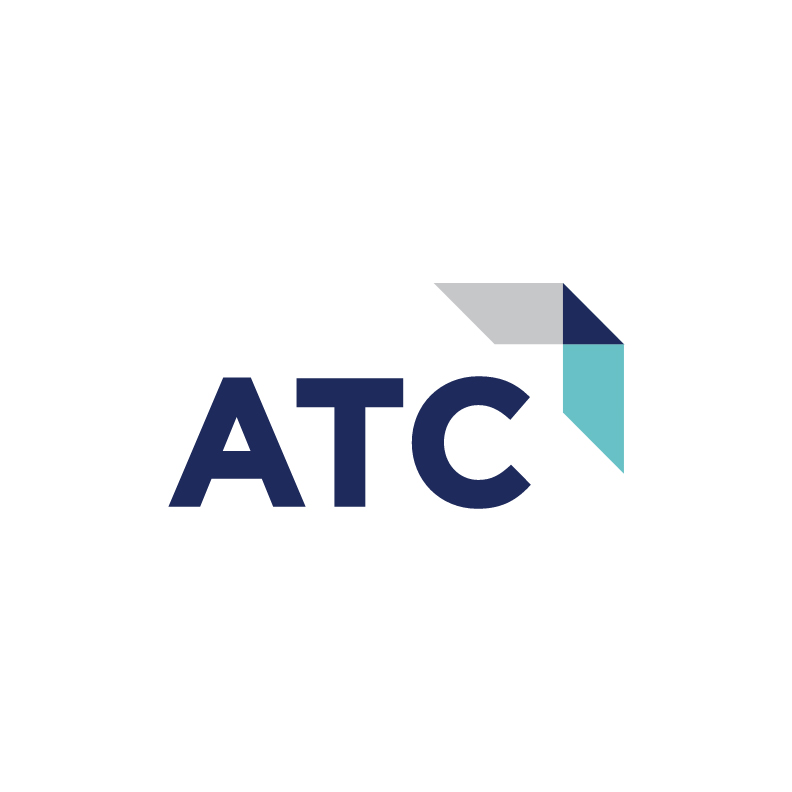
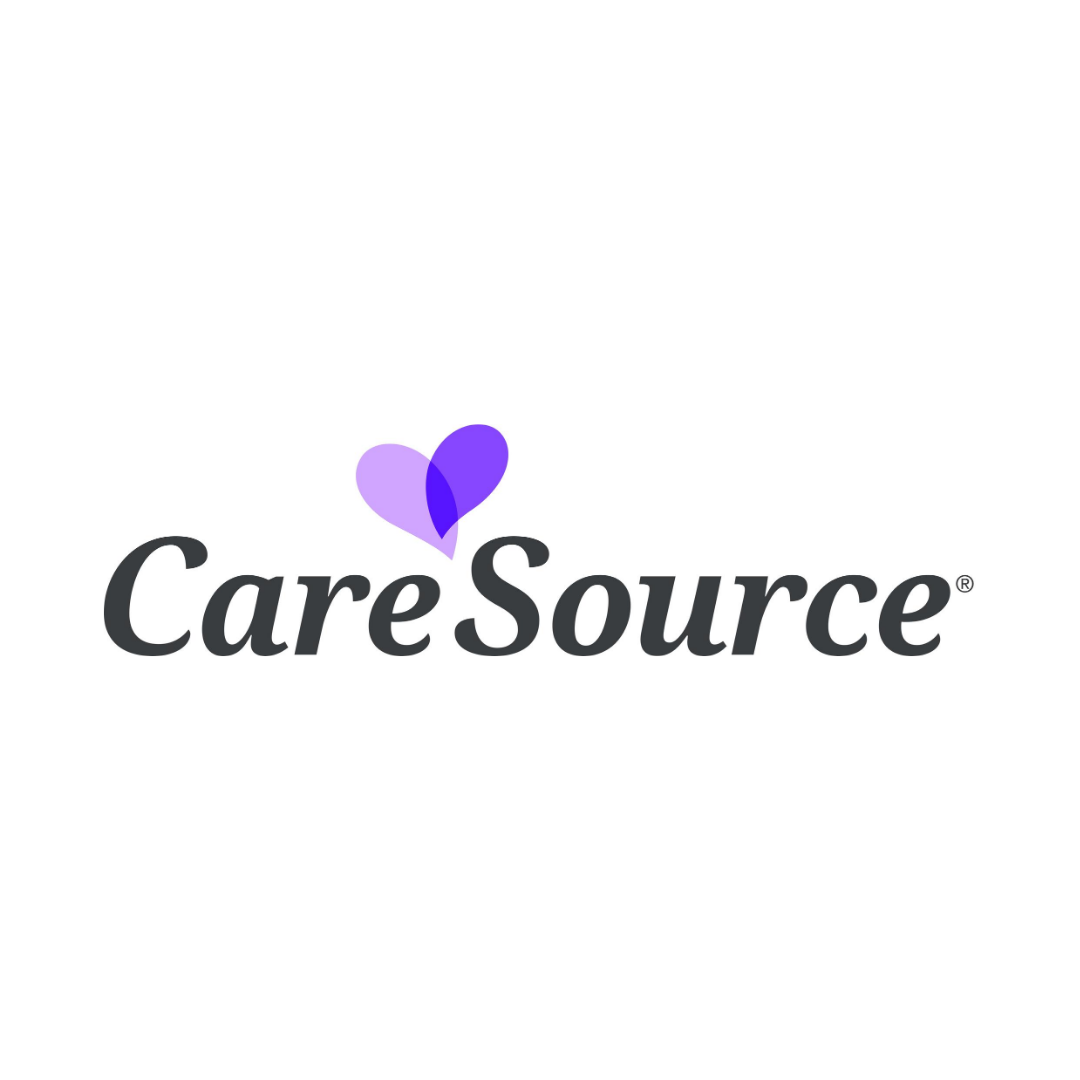


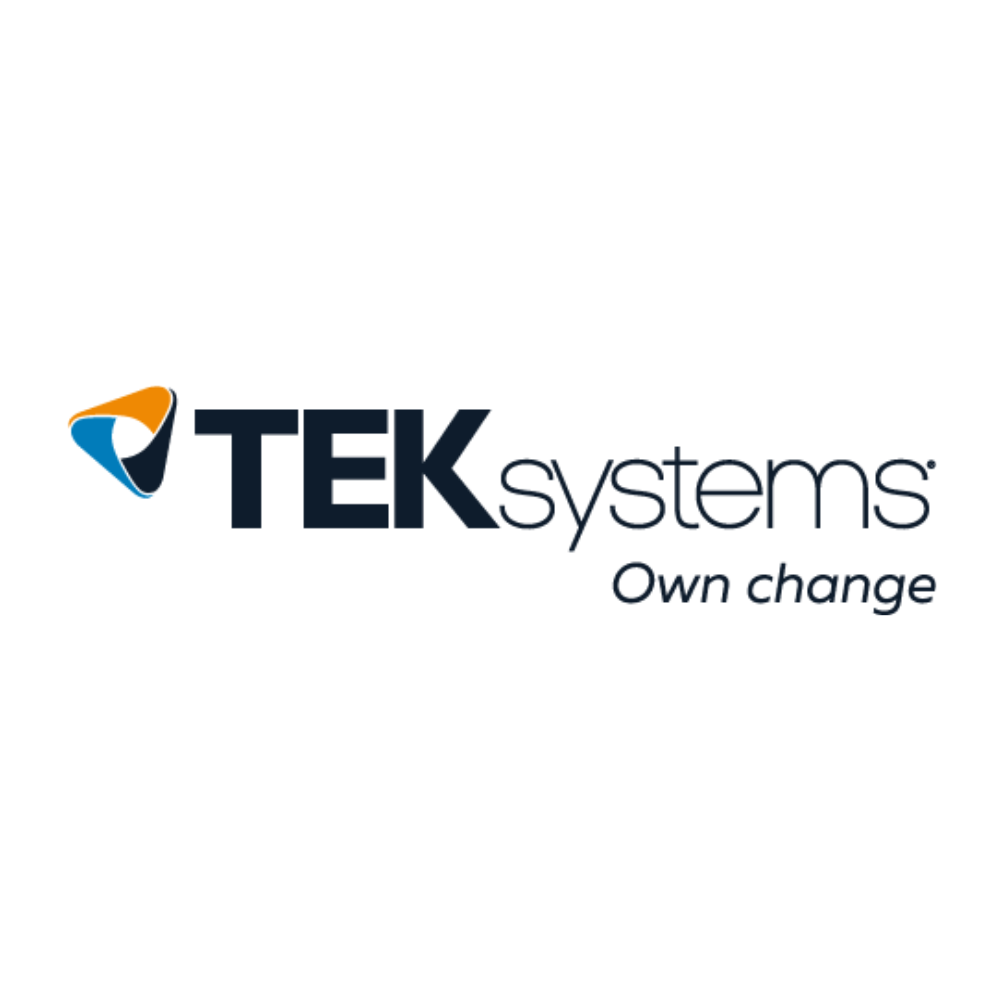

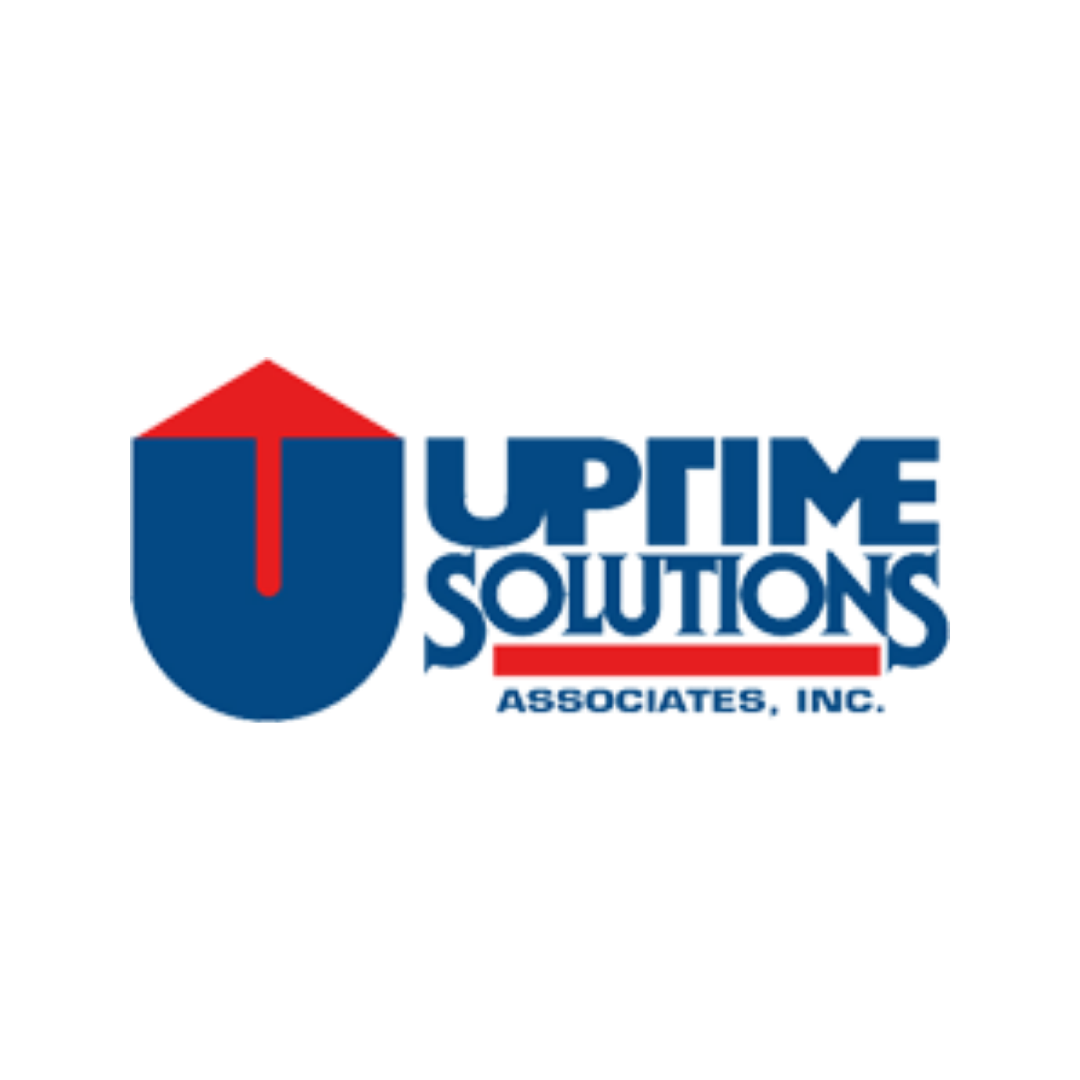




.png)


